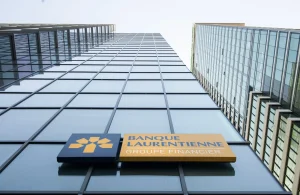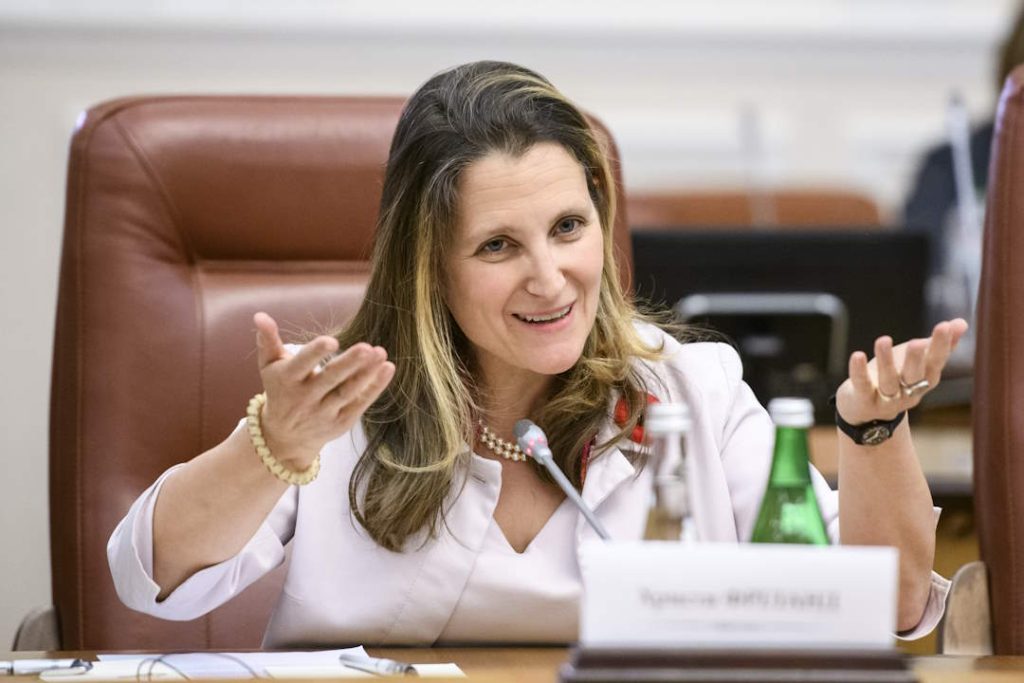In a bold move expected to redefine fiscal landscapes, the federal government’s recent adjustment to the capital gains tax was set to be a billion-dollar boon. Yet, according to the Parliamentary Budget Officer (PBO), the reality falls notably short of the treasury’s forecasts.
Initially pitched in the 2024 federal budget, the tweak aimed to hike the inclusion rate of capital gains taxes from one-half to two-thirds for high earners and entities like corporations and trusts, eyeing individuals with annual capital gains exceeding $250,000. This strategic pivot was designed not just to bolster government coffers but to underpin extensive budgetary outlays.
Despite the government’s projection of raking in an additional $19.4 billion, the PBO’s scrutiny reveals a more modest $17.4 billion inflow expected over the next five years. This shortfall underscores the inherent unpredictability of capital gains, tightly intertwined with market dynamics and economic cycles.
The revision has stirred more than just bureaucratic calculators. Business circles and professional guilds argue the adjustment may dampen investment enthusiasm, complicating tax strategies especially for sectors like healthcare where planning is paramount.
Finance Minister Chrystia Freeland has been quick to defend the adjustments as a stride towards “tax fairness,” asserting the moral and fiscal propriety of asking the wealthiest to contribute more to public spending endeavours.
Yet, as businesses hastened to recalibrate ahead of the tax hike’s effective date, a surge in transactions, particularly in commercial real estate, hinted at a market bracing for change. This flurry of activity, while showcasing adaptability, also painted a picture of a sector on edge, wary of further fiscal reshuffles.
As CanadaBizNews, we keep a pulse on these pivotal changes, unpacking how they resonate across the economic spectrum from the corridors of power in Ottawa to the bustling streets of commerce across the nation.







